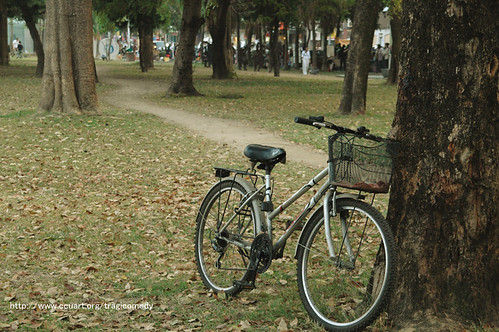For your next task we ask you to curate your lifeworlds (New London Group, 1996). In order to do this we will be using Storify.
Storify is a tool that allows you to collect images and posts from across the social media landscape. It will be easy to use with #walkmyworld.
Below I have shared a link Story. I have not finished the last part of the assignment. I need to write a poem that captures my walks.ut that can wait. First lets learn about Storify. Check out mine:
To help you try it on your own I have included both video #walkthrough and a static walkthrough.
Video Walkthroughs
If you need additional help feel free to check out the tutorial videos:
Creating a Storify Story using the Archive
Publishing and Sharing Your Storify Story
Static WalkThrough
The first step is to go to storify.com and register an account. The easiest way to verify your account is to sign in with Twitter.
Then add a title to your new Story on Storify.
We will use the embed URL feature and the #walkmyworld archive to build our stories in Storify. You cannot search by Twitter because Twitter only allows Storify to look back seven days.
Go to tiny.cc/walkmyworldarchive. Then select column B.
Find the Triangle in the upper left hand corner by mousing over. Then sort the colun by A->Z. This will collect the Tweets by user. Find your name.
Look for the Tweet you want to share.
Scroll over to Column Q. Here you will find the URL to the specific Tweet.
Copy the URL to your clipboard.
Paste in the URL.
Once the Tweet appears drag it over.
The Tweet will now appear in your story timeline.
You can add text above or below any Tweet you embed in Storify.
After you finish selecting all of the walks you want to share in your #walkmyworld story write a final reflection.
This can, and hopefully is, a poem.
You could also just write a few paragraphs reflecting on the practice.
In your reflection, either in prose or poetry, we ask you to return to the original prompts we shared with #walkmyworld
In what ways are you establishing your own identity through your naming of things?
In your naming of things in the #WALKMYWORLD project, how are you sharing your own private history?
How does your naming and identification of your world separate you from the world?
Then click publish.
Here is a remixed tutorial I made in popcorn:
[relatedkingpro show=”4″ images=true width=”150″ height=”150″ placeholder=false]




















